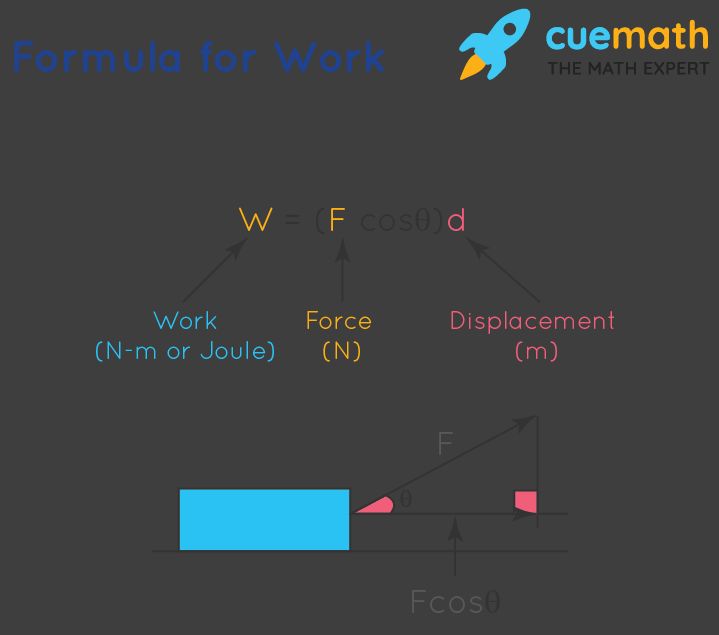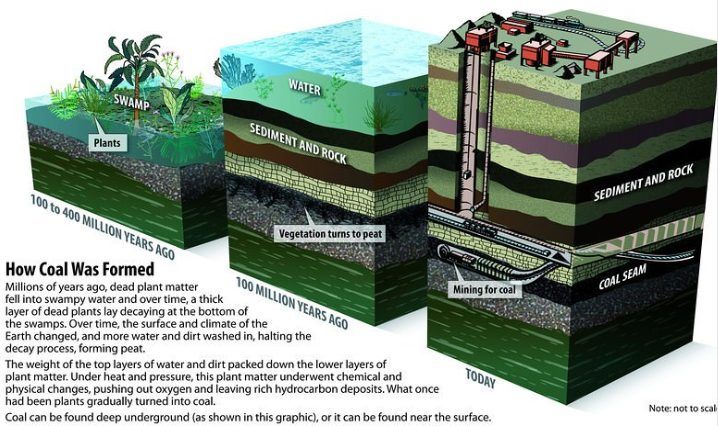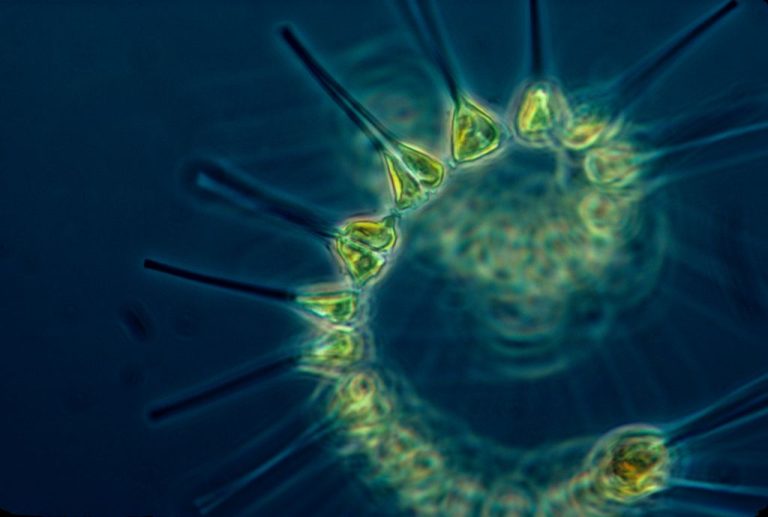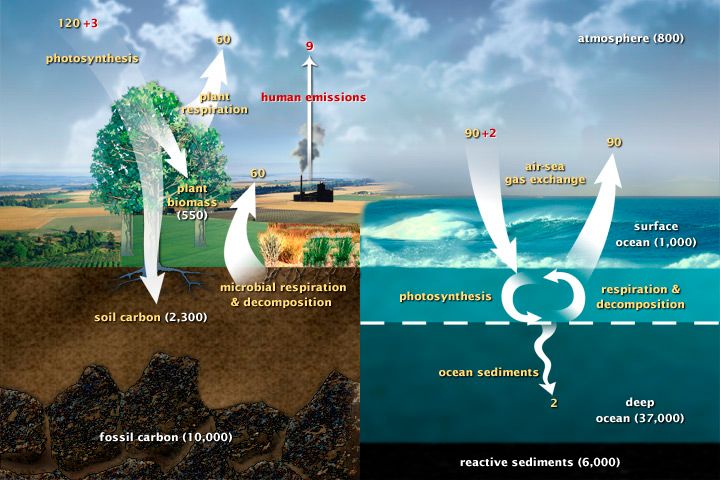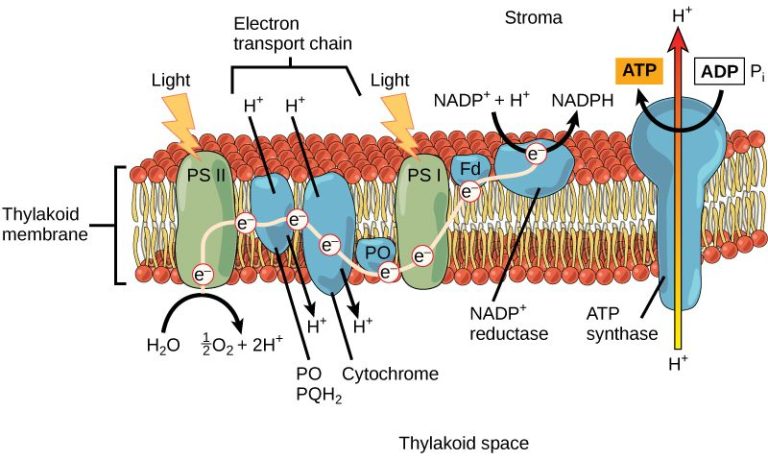Is Potential Energy Stored Form Of Energy?
What is Potential Energy?
Potential energy is the stored energy an object has due to its position or arrangement. It refers to the work required to move an object to a certain position or configuration against an opposing force, such as gravity or the tension in a spring. The key characteristic of potential energy is that it results from the state of an object, rather than its motion. Some common examples of potential energy include:
- A ball held at a height above the ground
- A compressed or stretched spring
- Separated electric charges (e.g. in a battery)
- Water stored behind a dam
In each of these examples, energy is stored in the object due to its position or configuration. This stored energy has the potential to be converted into kinetic energy if released. For instance, the ball held high above the ground has gravitational potential energy that can be converted into kinetic energy if dropped. Potential energy is thus a stored form of energy resulting from an object’s position or arrangement.
Forms of Potential Energy
There are several different forms that potential energy can take:
Gravitational Potential Energy
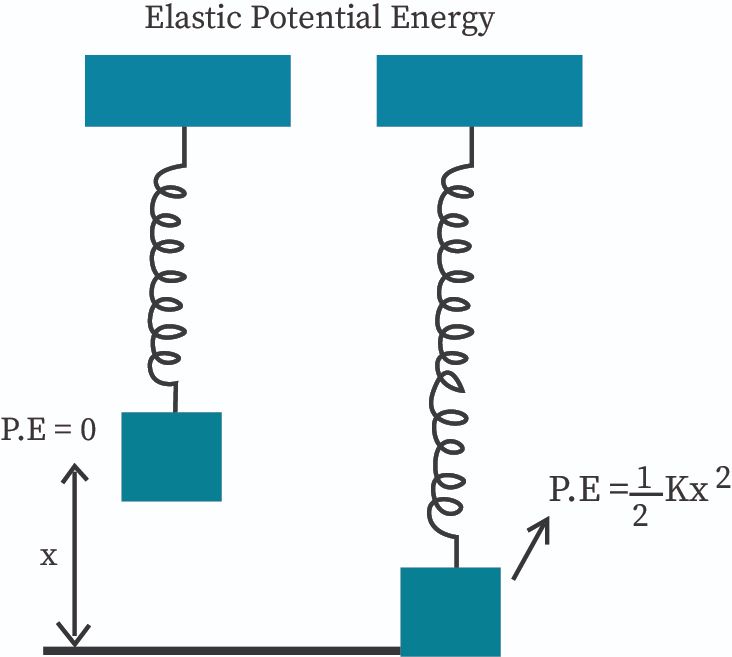
Gravitational potential energy is the energy stored in an object due to its height above the ground. For example, a book sitting on a shelf has more gravitational potential energy than a book sitting on the floor. Gravitational potential energy increases as the object’s height increases.
Elastic Potential Energy
Elastic potential energy is energy stored in elastic objects that are deformed. For example, a stretched rubber band has more elastic potential energy than a relaxed rubber band. The energy is released when the object returns to its original shape.
Chemical Potential Energy
Chemical potential energy is energy stored in the bonds between atoms and molecules. This energy can be released through chemical reactions. For example, the molecules in gasoline have chemical potential energy that is released in combustion reactions.
Nuclear Potential Energy
Nuclear potential energy is the energy stored in the nucleus of an atom. It is associated with the binding energy that holds protons and neutrons together. Nuclear potential energy can be released in nuclear reactions like fission or fusion.
How Potential Energy Works
Potential energy describes the stored energy an object has based on its position or composition. For example, a ball held at the top of a ramp has potential energy due to gravity. As the ball rolls down the ramp, this potential energy gets converted into kinetic energy, or energy of motion. The closer the ball gets to the bottom of the ramp, the more potential energy gets transformed into kinetic energy.
More specifically, potential energy can be defined as the work required to move an object to a given position. Objects move from a position of high potential energy to low potential energy, with the lost potential energy being converted into kinetic energy. This continues until all of the potential energy is exhausted and the object comes to rest.
Potential energy can also be converted into other forms of energy besides kinetic, such as heat, sound, and light. For example, if the rolling ball collides with something, some of its kinetic energy will likely be transformed into heat and sound upon impact. The key principle is that total energy is always conserved, even as energy transforms between potential and kinetic forms.
Potential Energy is Stored Energy
Potential energy is energy stored in an object. It is waiting to be released and converted to another form. For example, a battery stores chemical energy that can be released to power devices. Similarly, a dam stores gravitational potential energy from the water held behind it, which can be released to generate electricity.
In physics, potential energy is associated with forces that act on a body within a field. This stored energy has the potential to be converted into other forms of energy, such as kinetic energy. A rock sitting at the edge of a cliff or water held behind a dam both contain potential energy that can be transformed into motion. Other common examples are objects under tension or compression, charged batteries, and separated opposite charges.
Potential energy is present anywhere a force acts upon an object, ready to be released. It can be thought of as stored energy waiting to happen. This latent stored energy has not yet been expended, but has the potential to exert motion, light, heat or sound when released.
Examples of Potential Energy Storage
There are many everyday examples of potential energy in action. Here are a few common ones:
Stretched rubber band – When you stretch a rubber band, you are using force to distort the bonds between the molecules in the rubber. This gives the rubber band potential energy that can be converted to kinetic energy when released.
Book held above the ground – Lifting an object like a book to a height above the ground gives it gravitational potential energy. The higher it is held, the more potential energy it has that can convert into kinetic energy if dropped.
Water behind a dam – When water is held behind a dam, it contains potential energy due to the height of the water. This water can be released through turbines to generate hydroelectric power.
Chemical bonds – Molecules contain chemical potential energy in the bonds between atoms. This can be released in chemical reactions to produce heat, light, motion or other forms of energy.
Potential vs Kinetic Energy
Potential energy is energy that is stored and waiting to be released or used. It is energy that an object has because of its position or arrangement. In contrast, kinetic energy is energy of motion. Kinetic energy exists when something is moving or when there are vibrations.
Potential energy can be converted into kinetic energy, and kinetic energy can be converted into potential energy. A good example of this is a roller coaster. At the top of a hill on the roller coaster track, the car has potential energy due to its high position. As the car rolls down the hill, this potential energy gets converted into kinetic energy, energy of motion. At the bottom of the hill, the car has maximum kinetic energy. When the car travels up the next hill, the kinetic energy gets converted back into potential energy. This back and forth between potential and kinetic energy allows the roller coaster to keep moving.
Conservation of Energy
One of the most important laws of physics is the law of conservation of energy. This law states that the total amount of energy in a closed system remains constant over time. Energy is never created or destroyed, but only transformed from one form into another. This is a key concept when looking at potential energy.
Potential energy, whether gravitational, elastic, chemical, or other forms, can be converted into kinetic energy. For example, when you stretch a rubber band, you are storing elastic potential energy. When you let go, that potential energy is converted into kinetic energy as the rubber band springs back. The total amount of energy stays the same, even as the rubber band gains and loses potential energy.
This conservation of energy applies to all closed systems. In an isolated system with no outside forces, the total energy at the start will equal the total energy at the end. The energy is not destroyed, but merely changes form. This is why potential energy is considered a stored form of energy – it has the potential to be converted to kinetic, thermal, or other forms. But the total energy is conserved according to the physical laws of the universe.
Uses and Applications
Potential energy has many practical uses and applications in our everyday lives. Here are some of the most significant ways that stored potential energy is utilized:
Batteries, dams, and power plants store potential energy
Devices like batteries chemically store potential energy through reactions between their components. This stored energy can then be tapped and converted into electricity on demand. Similarly, dams utilize gravity and store the potential energy of water held at an elevated height. This water’s potential energy gets converted into kinetic energy and electricity when it is released through the dam. Power plants work on similar principles, often using steam pressure, chemical reactions, or heightened water reservoirs to stockpile potential energy that can generate electricity.
Potential energy in chemistry powers life processes
On a molecular level, potential energy is stored in the chemical bonds between atoms. When these bonds are broken during reactions, this stored potential energy gets released. This is key to many biological processes that sustain life. The energy stored in foods like fats, proteins, and sugars is potential energy that cells tap into for growth, repair, and activity. This is also why fuels rich in chemical potential energy like gasoline or natural gas release so much heat when burned.
Understanding potential energy key for engineering, construction, and design
Taking potential energy into account is crucial for many technical fields. Engineers and architects have to factor the potential energy in design when determining the sizes, shapes, and materials to use for buildings, bridges, vehicles, and more. Knowing how stresses induced by potential energy shifts can impact structures improves safety. Potential energy considerations also help optimize constructions to effectively leverage properties like tension, compression, torsion, and shear stress.
Fun Facts About Potential Energy
Potential energy plays an important role in many real-world systems and processes. Here are some interesting facts that showcase potential energy in action:
Hydroelectric dams convert the potential energy of water held behind the dam into electricity on a vast scale. The water in the reservoir holds enormous potential energy due to gravity, which gets released as it flows through the dam and spins massive turbines. This allows the potential energy to be harnessed and converted into electricity for human use.
Radioactive decay of elements converts nuclear potential energy into kinetic energy. Unstable radioactive elements contain excess energy in their nuclear configuration. As they decay, this nuclear potential energy gets released, often in the form of radiation. Nuclear power plants capture this energy to heat water and produce electricity.
Even eating and digesting food involves transfers of potential energy. The chemical bonds holding food molecules together represent stored potential energy. When those bonds are broken during digestion, the potential energy gets released and can be used by our bodies. This stored chemical potential energy literally fuels all human activity.
Conclusion
In summary, potential energy is stored energy that has the potential to do work. It is energy that is waiting to be released or transformed into kinetic energy. There are many different types of potential energy including gravitational potential energy, elastic potential energy, chemical potential energy, and nuclear potential energy.
Potential energy can be found almost everywhere in our daily lives. Some common examples are a book held above the ground, a stretched spring, food and fuel, and atoms that can be split to release nuclear energy. Potential energy is an important concept in physics and engineering because it allows us to harness stored energy to perform useful work.
The key takeaway is that potential energy is not the energy itself, but the stored ability to release that energy to do work later. It exists in many forms all around us and has a wide range of applications and usage in our modern world.

